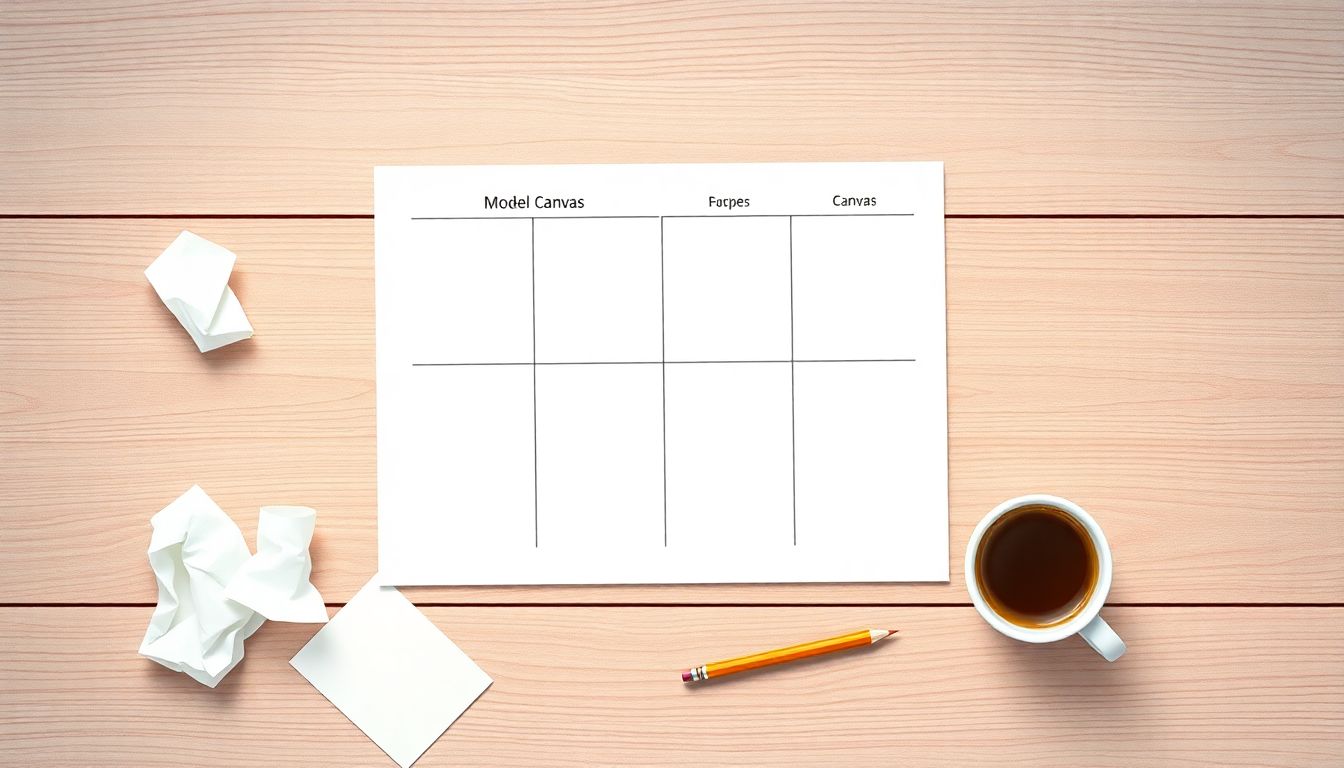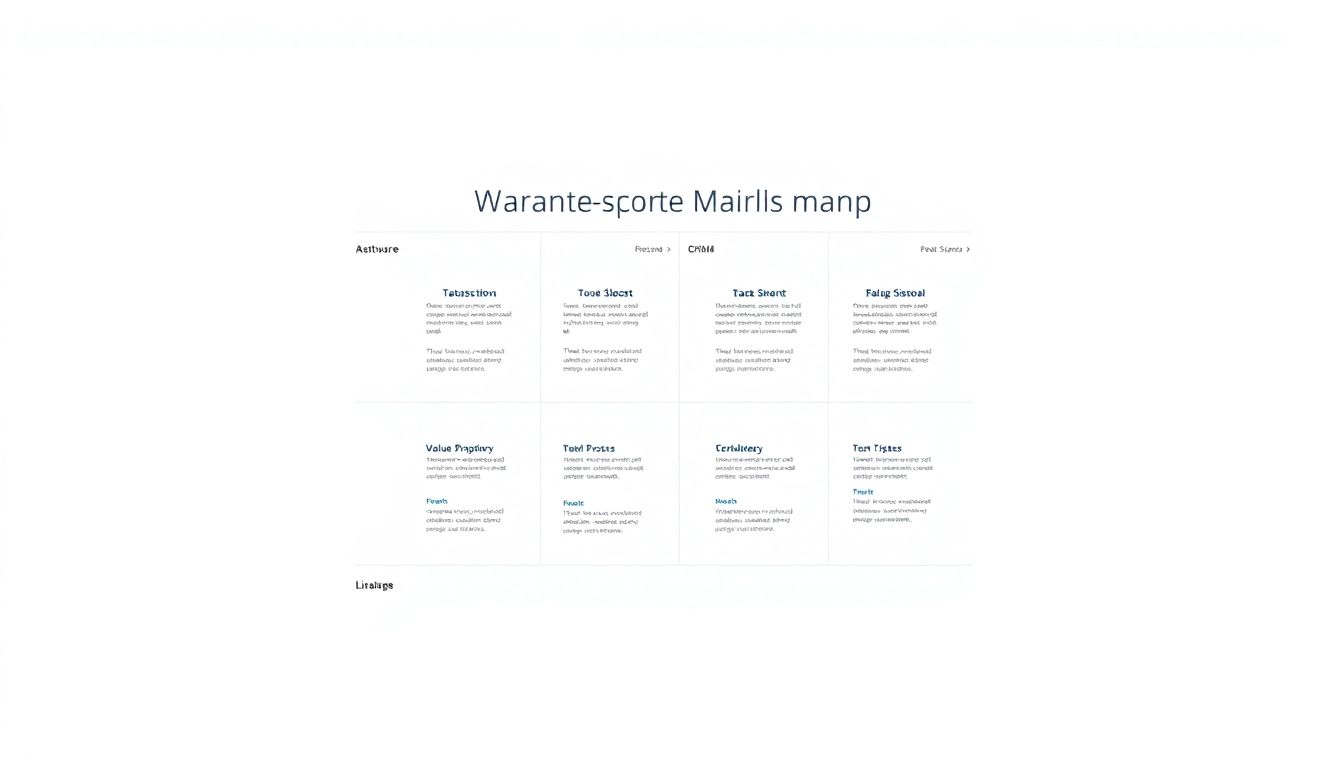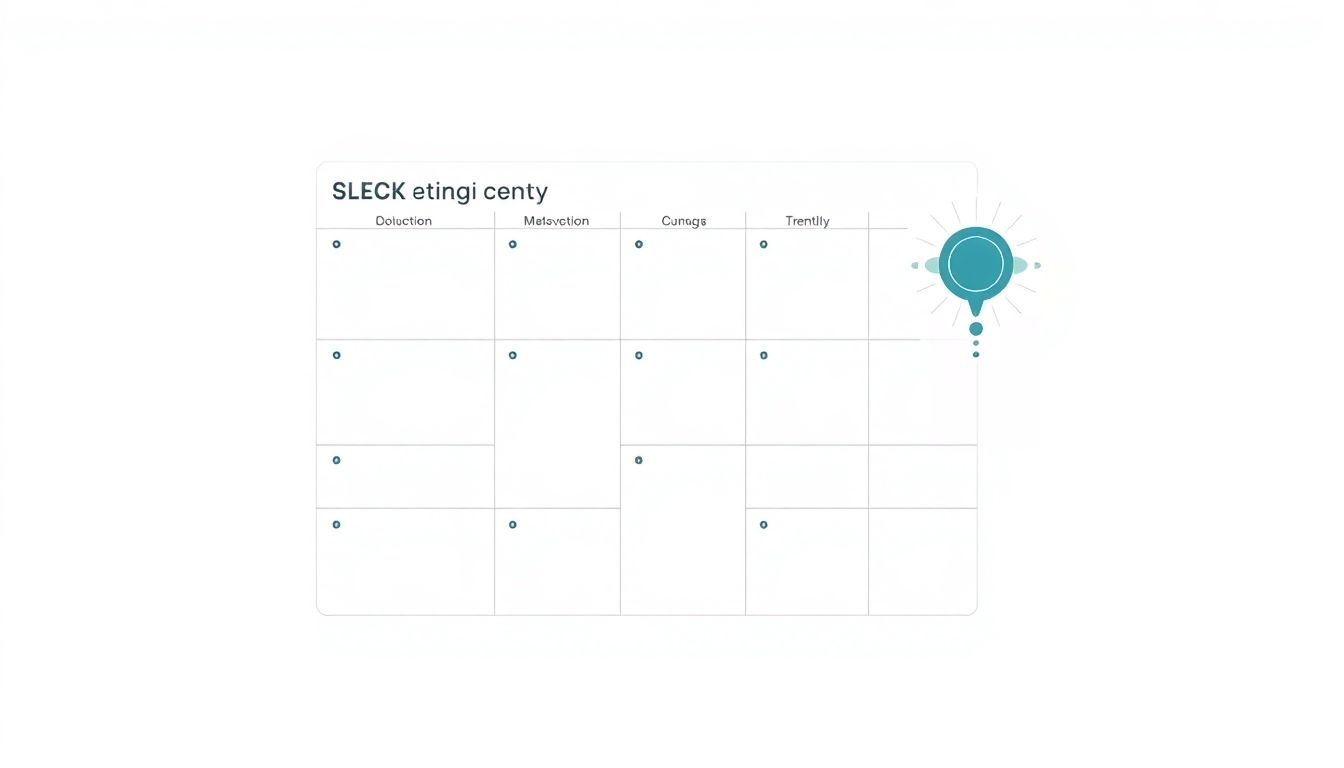Complete AI Prompt Pack
1000+ prompts • $37
Creating a solid business model can feel overwhelming, right? You might stare at the blank Business Model Canvas, unsure of where to start or what prompts to use. Trust me, you’re not alone in this struggle—many entrepreneurs face the same dilemma.
But don’t worry! If you stick around, I’ll share some valuable ChatGPT prompts that can help you effortlessly fill out your canvas. These tips will boost your creativity and guide you through the entire process, making it feel more like a fun brainstorming session than a chore.
We’ll dive into effective prompts for each building block, explore real-life examples, and even discuss common pitfalls to avoid. Let’s transform that canvas into a masterpiece together!
Key Takeaways
- Using specific ChatGPT prompts can simplify the creation of a Business Model Canvas.
- Important prompts include generating models for different business types, focusing on customer segments, and exploring revenue streams.
- Start with a clear business concept and use detailed prompts for best results.
- Review and iterate on ChatGPT’s responses to ensure relevance and accuracy.
- Avoid vague prompts and jargon; clarity leads to better answers.
- Learn from real-life examples to inspire your own business model development.

Best ChatGPT Prompts for Business Model Canvas Exercises
If you’re looking to create or refine your business model canvas, ChatGPT can be a powerful tool to help streamline the process.
Here are some effective prompts to get you started:
- “Generate a business model canvas for a subscription box service targeting young professionals.”
- “List key elements of a business model canvas for a sustainable fashion startup.”
- “Provide a detailed breakdown of customer segments for a tech startup in health and wellness.”
- “Help me brainstorm revenue streams for an online education platform.”
- “Create a value proposition statement for a mobile app that connects local freelancers with businesses.”
Using these prompts can inspire you to think critically about your business strategy and identify essential components of your model.
How to Use ChatGPT for Creating Business Model Canvases
To effectively use ChatGPT for creating business model canvases, follow these simple steps.
First, define your business concept clearly.
Then, structure your prompt to guide ChatGPT through the building blocks of the canvas.
For example, start with: “Create a business model canvas for a vegan restaurant in an urban area.”
Next, ask for specific areas within the canvas by saying, “Identify the main customer segments for this business.”
Continue with prompts targeting each building block to develop a comprehensive canvas.
Finally, review the generated content, modify it as needed, and don’t hesitate to ask follow-up questions for clarification or elaboration.
Effective ChatGPT Prompts for Each Building Block of the Canvas
Each section of the business model canvas has its distinct elements that can be addressed individually.
Consider these specific prompts for each building block:
- Value Proposition: “What unique value does a plant-based meal delivery service offer to its customers?”
- Customer Segments: “Identify potential customer segments for an eco-friendly cleaning product brand.”
- Key Activities: “Outline the key activities necessary for launching a local artisan bakery.”
- Revenue Streams: “Suggest diverse revenue streams for a digital marketing consultancy.”
- Key Partners: “Who are potential partners for a blockchain-based supply chain solution?”
These prompts will help you gather detailed insights for each canvas component, making your business model comprehensive and clear.
Exploring Sample Business Models with ChatGPT Prompts
Sample business models can provide great inspiration and guidance when creating your own canvas.
Using ChatGPT, you can request examples across different industries.
Try these prompts for exploration:
- “Generate a sample business model canvas for a co-working space targeting freelancers.”
- “What does a successful business model look like for an online fitness coaching platform?”
- “Provide an example of a business model canvas for a renewable energy startup.”
- “Outline a business model canvas for a mobile dog grooming service.”
- “Describe key elements of a business model for a local café focusing on sustainability.”
These requests can lead to case studies or detailed frameworks that can adapt to your unique business ideas.

Tips for Writing Your Own Prompts for Business Model Canvas
Creating effective prompts for ChatGPT is essential for getting the best results.
Start by being specific; the more details you provide, the better ChatGPT can assist you.
For example, instead of saying, “What’s a good business model?” try, “Generate a business model canvas for an app focused on mental health support.”
Use clear language and direct commands to guide the conversation.
Don’t hesitate to break down complex prompts into smaller parts.
For instance, you can first ask for customer segments and then move to revenue streams one after another.
Utilize prompt structures such as: “List potential customer segments for a health food product.”
This method makes it easier to build a comprehensive canvas step by step.
Experiment with various angles by rephrasing prompts to explore diverse ideas.
Try prompts like, “What partnerships could enhance a startup focused on biodegradable packaging?”
Don’t forget to review and iterate on the responses; often, follow-up questions can yield richer insights.
Lastly, keep a list of go-to prompts for efficiency and inspiration!
Common Mistakes to Avoid When Using ChatGPT for Business Models
Even though ChatGPT is a powerful tool, there are common mistakes that can hinder your experience.
Avoid being too vague in your prompts; general questions often lead to generic answers.
Instead, add context and clarity, like “Create a business model canvas for a subscription-based organic snack box catering to families.”
Another pitfall is neglecting follow-up questions.
Always dig deeper if the initial response seems incomplete.
Don’t skip reviewing generated content.
Check for relevance and accuracy before integrating ideas into your business model.
Avoid overcomplicating your requests; straightforward prompts work best.
Using jargon or technical terms without explanation can confuse the model.
Finally, don’t hesitate to rephrase or ask for synonyms if the responses aren’t quite what you were envisioning.
Being mindful of these mistakes will help you make the most of ChatGPT for your business planning.
Real-Life Examples of Business Model Canvas Created with ChatGPT
Learning from real-life examples can inspire your business model creation journey.
Consider a local bakery that used ChatGPT to refine its business canvas.
The bakery prompted, “Create a business model canvas for a bakery that focuses on gluten-free products.”
ChatGPT provided insights into target customers, key partners, and unique value propositions, allowing the bakery to identify its niche effectively.
Another example is a fitness coach who utilized ChatGPT with the prompt, “Generate a business model canvas for an online fitness coaching program tailored to busy professionals.”
This resulted in a clear outline of customer segments, key resources, and revenue streams, helping the coach market their services more strategically.
Additionally, a tech startup specializing in eco-friendly gadgets prompted, “List potential customer segments and key activities for my business.”
ChatGPT’s suggestions led the startup to new market opportunities they hadn’t considered before.
These real-life examples showcase how businesses across various fields successfully leveraged ChatGPT to create effective business model canvases.

Resources for Further Learning about Business Model Canvas and ChatGPT
If you want to deepen your knowledge about the Business Model Canvas and how to leverage ChatGPT effectively, there are various resources available.
Start with books like “Business Model Generation” by Alexander Osterwalder, which provides insights into creating and understanding business models.
Online platforms such as Coursera and Udemy offer courses specifically on business model design and strategic planning.
Look for webinars that discuss using AI in business strategy, such as those provided by industry experts or educational institutions.
Additionally, websites like Investopedia have valuable articles that break down business model components and best practices.
Engage in forums or communities, such as LinkedIn groups focused on entrepreneurship, where professionals discuss tips and share experiences.
You can also subscribe to newsletters or blogs dedicated to AI developments and business strategies for ongoing insights.
All these resources can enhance your understanding and application of both the Business Model Canvas and ChatGPT in real-world scenarios, making your strategies more effective.
FAQs
The Business Model Canvas is a strategic management tool for developing new or documenting existing business models. ChatGPT can generate ideas, refine concepts, and provide insights on each building block of the canvas effectively.
Common mistakes include providing vague prompts, relying solely on AI for creative input, and neglecting to validate responses with real-world data. Ensure prompts are specific and context-rich for better results.
To create effective prompts, be specific about what you want, focus on one building block at a time, and include context to guide ChatGPT. This improves the relevance and quality of the suggestions provided.
Examples include: “What are potential customer segments for a subscription-based service?” or “List key activities for an e-commerce startup.” Tailor prompts to your business context for better outcomes.
Last updated: February 18, 2025
